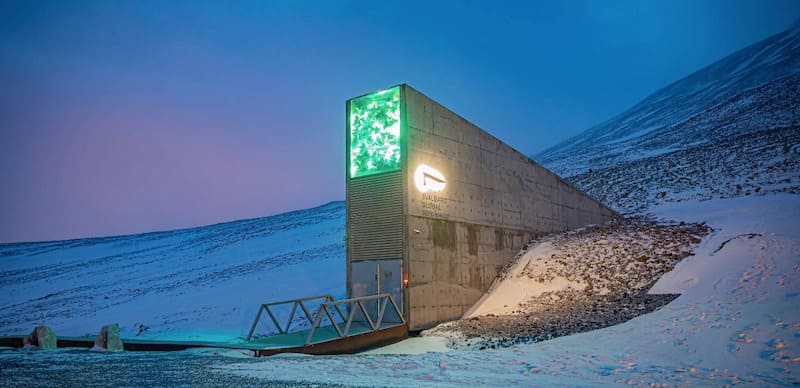
Seed diversity plays a fundamental role in maintaining the biological diversity of our planet. Seeds are at the core of a plant's reproductive system and hold the genetic blueprint for future generations. The greater the diversity within the seed pool, the greater the genetic sampling available for adaptation to our changing environment. Seed diversity ranges from heirloom seeds, open-pollinated seeds, hybrid seeds, GMO seeds, to landraces, each representing different genetic combinations that are essential for a particular crop to adapt to a changing climate.
Genetic diversity is the engine of evolution and adaptation. This genetic variability within and between species ensures a plants survival in a diverse range of climates, soils, and threats from pests and diseases. Plant breeders rely heavily on this genetic diversity. By selecting and combining desirable traits from different plants, breeders can develop new crop varieties better equipped to withstand environmental stressors and improve crop yield, taste, or aesthetic appeal.
Seed banks and seed libraries are established around the world to conserve and manage this crucial genetic diversity. These institutions serve as storehouses of a diverse range of seed types, preserving the plant genome for future generations. The Global Seed Vault in Svalbard, Norway, also known as the "Doomsday Vault," stores millions of seed samples from across the globe, providing a safety net against loss from natural disasters, a unpredictable change in the climate or war.
The Millennium Seed Bank, managed by the Royal Botanic Gardens, Kew in the UK, is another vital seed conservation institution. Its mission is to collect and preserve seeds from wild plant species, many of which are endangered, with the aim of safeguarding 35% of the world's bankable plant species by 2030.

Heirloom seeds, native seeds, and landraces are special types of seeds that have been preserved and passed down by generations of farmers through traditional seed saving and seed exchange practices. These seeds carry a wealth of genetic traits that have been fine-tuned by nature and traditional knowledge by indigenous peoples over centuries. They are often more adapted to local conditions and more resilient to climate variability than modern crop varieties, even after attempted genetic manipulation. Their preservation is a key part of seed conservation.
Seed sovereignty, the right of farmers to breed, save, and exchange their seeds, is increasingly recognized as a critical component of food security. It encourages the cultivation of diverse crop varieties including staples like corn, beets, and wheat to promote agrobiodiversity. However, seed laws and patents, particularly those that revolve around GMO seeds, can restrict this freedom, leading to a reduction in seed diversity and increased dependence on a small number of crop varieties offered for sale by multi-national conglomerates like Monsanto. This homogenization poses a significant threat to food security around the world.
In situ seed conservation involves preserving seeds within their natural habitats, maintaining the dynamic process of evolution and adaptation. Ex situ seed conservation, on the other hand, involves the collection and storage of seeds in seed banks or seed libraries, away from their original environment.
Both conservation strategies have their merits. In situ conservation allows for the continuous evolution of crop varieties in response to environmental changes, while ex situ conservation provides a safeguard against unforeseen disasters or sudden loss of diversity.
Seed viability refers to a seed's ability to germinate and grow into a healthy plant. The viability of seeds can decrease over time, especially under unfavorable storage conditions. Therefore, maintaining seed viability is crucial in seed conservation efforts, ensuring that stored seeds can successfully produce future crops.
Unknown to most gardeners and few farmers, the farther a seed is from the mother plant, the lower the germination rate, in terms of successive reproduction.
Agricultural biodiversity encompasses the variety and variability of animals, plants, and micro-organisms that are necessary for sustaining key functions of an agricultural ecosystem. Seed diversity forms a significant part of this biodiversity, ensuring the resilience of our food systems.
The interplay of seed diversity, genetic diversity, and plant breeding forms a complex, vital network that underpins agricultural. Protecting and nurturing this network through seed conservation, honoring traditional knowledge, and promoting seed sovereignty is essential for our food security. It's clear that even from the smallest seeds will grow the solutions to some of our biggest challenges.